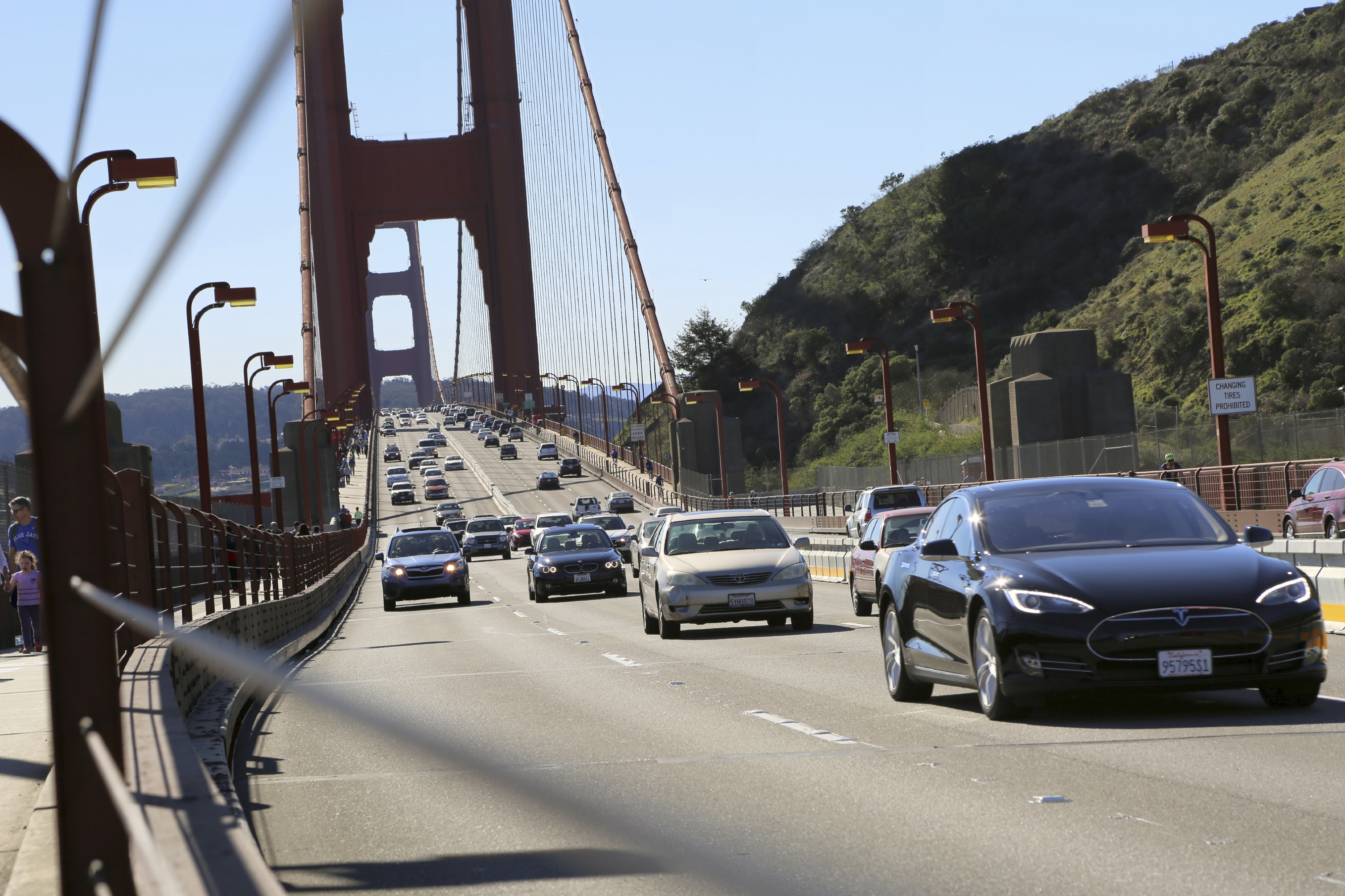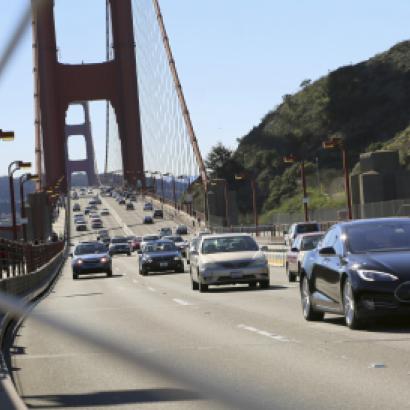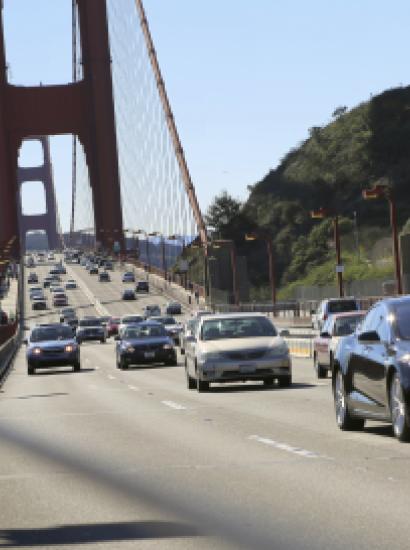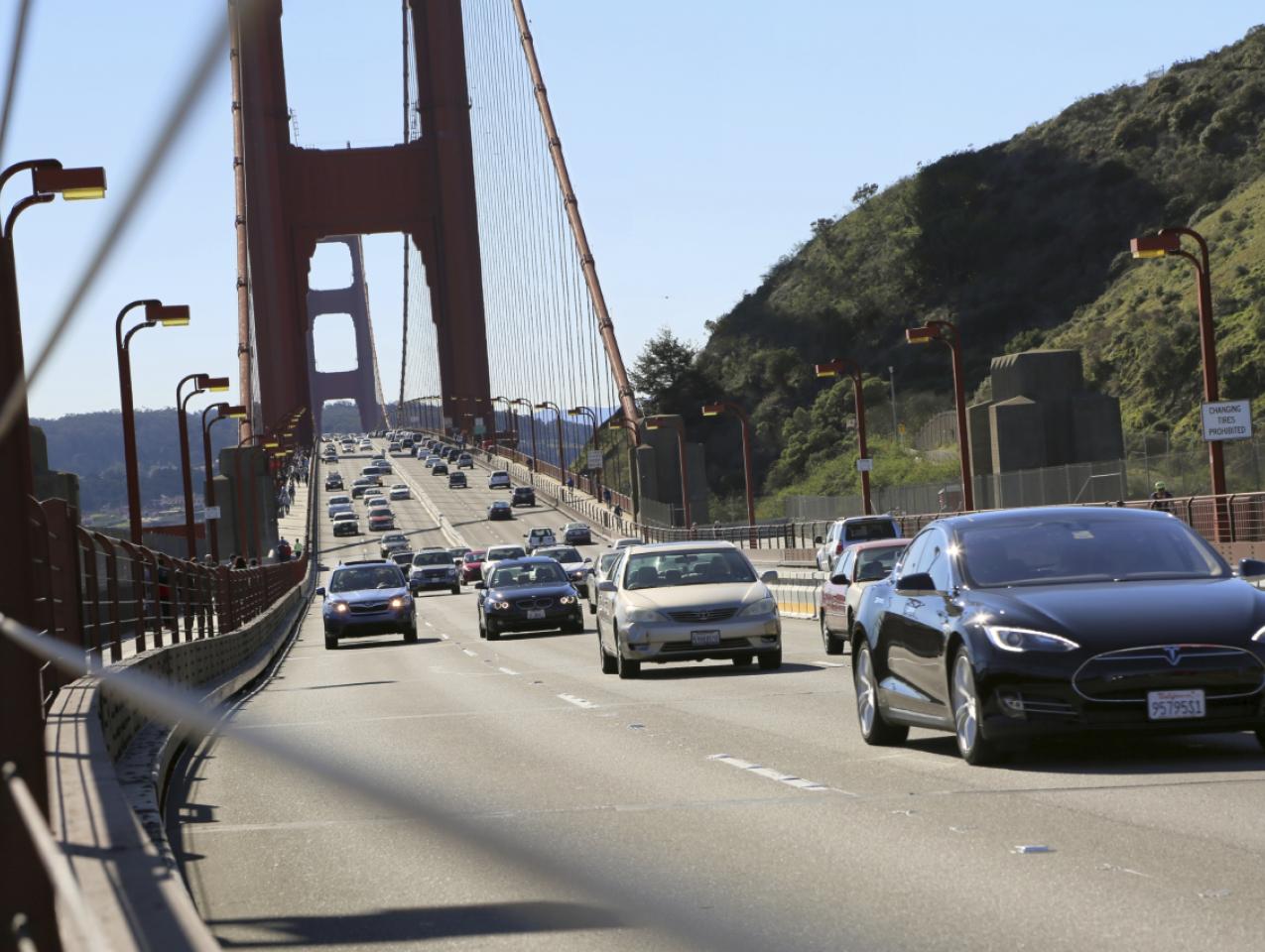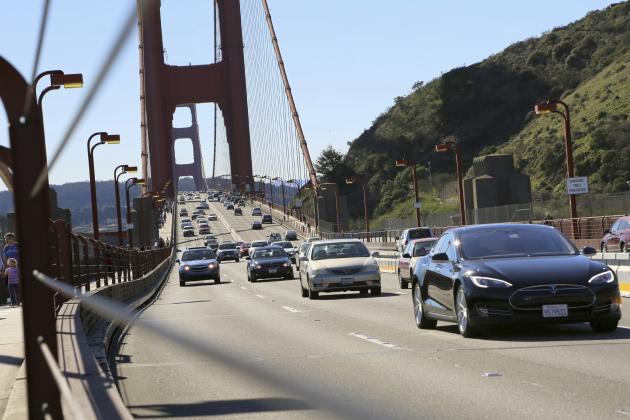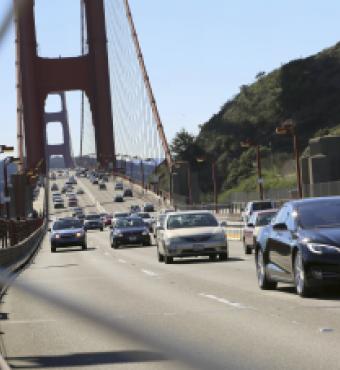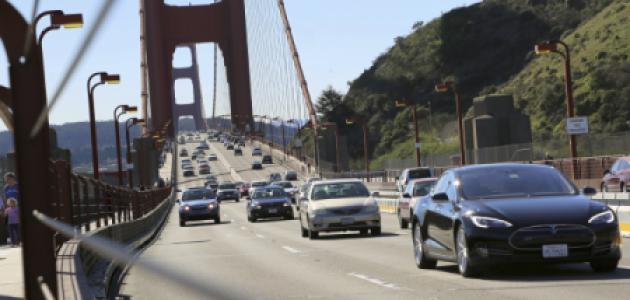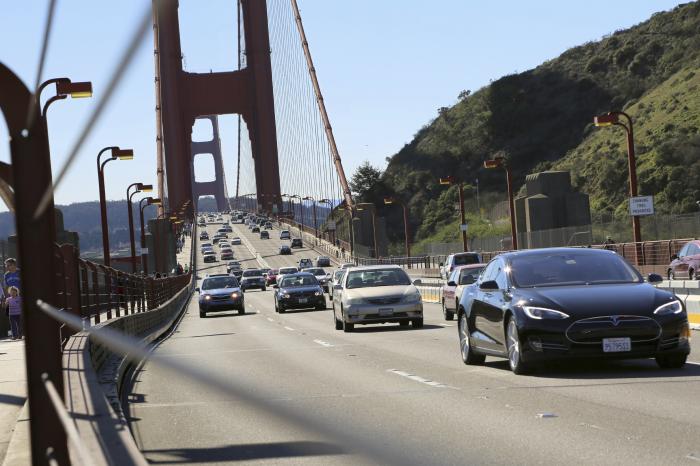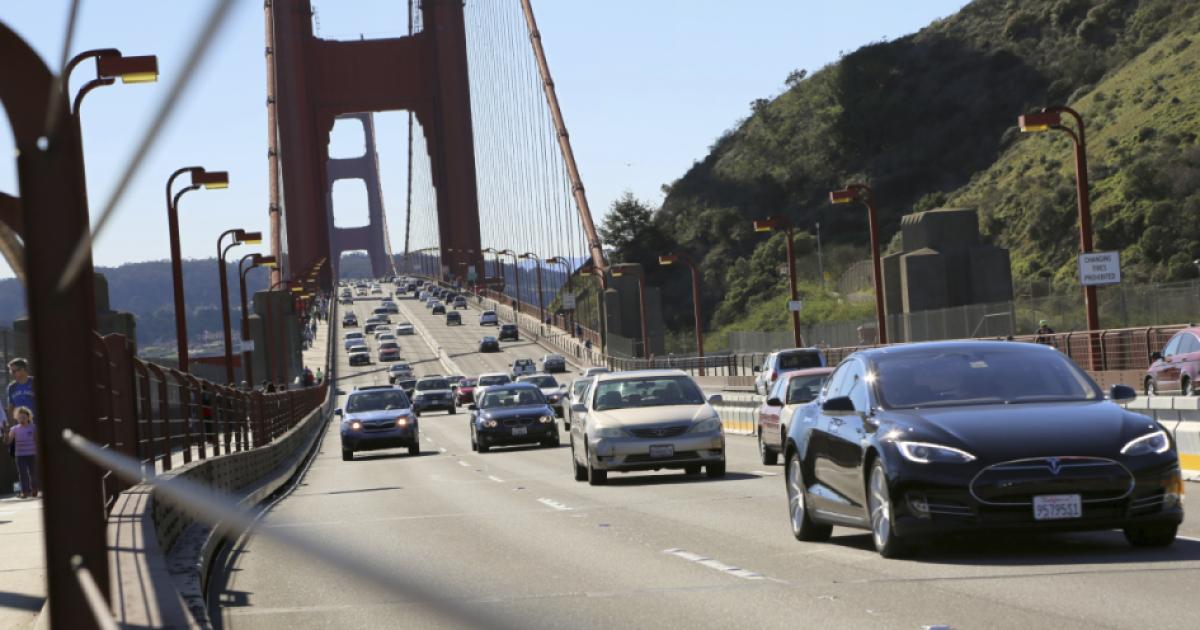California governor Gavin Newsom issued an executive order last week to ban new sales of autos powered by internal combustion engines by 2035. Why? To fight climate change. But prohibiting the internal combustion engine won’t move the climate change needle.
Newsom and other California policy makers are proud of their choice to lead the charge against climate change and reshape energy use by emphasizing renewables, such as solar and wind power, and by imposing energy mandates, including a new law this year that requires that all new residential construction projects have solar panels and expensive insulation and highly energy-efficient appliances.
Newsom’s latest decision to reduce carbon emissions will make about as much difference to climate change as adding water to a bathtub using an eyedropper. Carbon dioxide emissions, and their potential impact on climate patterns, are a global phenomenon. California is responsible for less than one percent of global carbon emissions, meaning that even if California eliminated all carbon emissions tomorrow, global carbon emissions would be roughly unchanged.
In the last 20 years, California energy regulations have increased enormously the cost of living. Last year’s mandate to require nearly all homes to have solar panels, highly insulated windows, and top-shelf energy-efficient appliances could raise the cost of new construction by about $40,000 per home, in a state with a median home price of over $700,000.
Because large-scale battery storage continues to elude us, California’s emphasis on renewable energy means that California produces so much solar energy around midday that it pays other states to take a surplus of this power, lest we blow the electric grid. And on the flip side is a host of other reasons for grid overload, as the household demand for household electricity spikes around 5 pm, when consumers return home from work, and when the sun stops making so much energy. California grid operators are constantly performing a delicate dance in which they try their best to accommodate fluctuations in electricity demand while juggling the transition from daytime solar energy to nighttime, traditionally sourced electrical power. Experienced a brownout or blackout lately? There is a good chance that this is the reason.
So why does California want to be ahead of everyone else in reducing carbon? California is the home of virtue signaling, where going all in on the climate change bandwagon is de rigeur among uber-wealthy elites, and where uber-wealthy elites are important supporters for many incumbent politicians. But “feel good” climate policies are loved only by those who don’t pay attention to their electricity bill—or to the tutor bill, or nanny bill, or housekeeper bill, or riding stables bill. These policies come with a heavy price for other Californians, many of whom economically struggle every day. California electricity prices are not only one-third more expensive than the national average, but California’s cost of living is 50 percent higher than the national average, reflecting over-the-top housing costs.
California regulatory policies not only raise the cost of living, but they depress economic activity and place additional stress on state and local government budgets. If you want to know why the roads aren’t fixed, why the levees leak, why water pipes burst, why your local DMV looks like a bus station from a 1930s movie, and why forests aren’t thinned out to reduce wildfire risk, it is because 2/3 of state tax revenue is gobbled up by just three budget items: K–12 education, health and human services, and the prison system. Add in higher education, pensions, and interest on the debt, and now we account for about 80 percent of the budget.
Meanwhile, California wildfires this year have burned an area about half the size of Belgium and have produced over 90 million tons of carbon emissions, roughly equal to 25 percent of carbon emissions produced by all sources of fossil fuels burned in the state annually. And there are still two or more months of fire season left.
Tragically, this year’s wildfires destroyed lives and homes, while forever changing the lives of thousands of others. An adequate fire management budget could have prevented much of this. Ironically, the 90 million metric tons of carbon emissions from just this year’s wildfires exceed in size the reduction in the state’s annual carbon footprint, which has declined by about 70 million tons between 2000 and 2017. And because California experiences out-of-control wildfires every year, it is possible and perhaps likely that most of the state’s carbon reductions achieved through costly mandates have been eliminated by California wildfires. Poof, just like that.
But don’t blame California’s forest and grassland mismanagement for this grand failure. You see, it is all about climate change. It has become the perfect scapegoat for nearly all of California’s problems. It is the ideal foil for California politicians who have lost touch with tens of millions who are struggling, who have concrete problems that could be addressed with sensible state and local policies. Sadly, these people will continue to wait. And wait.







